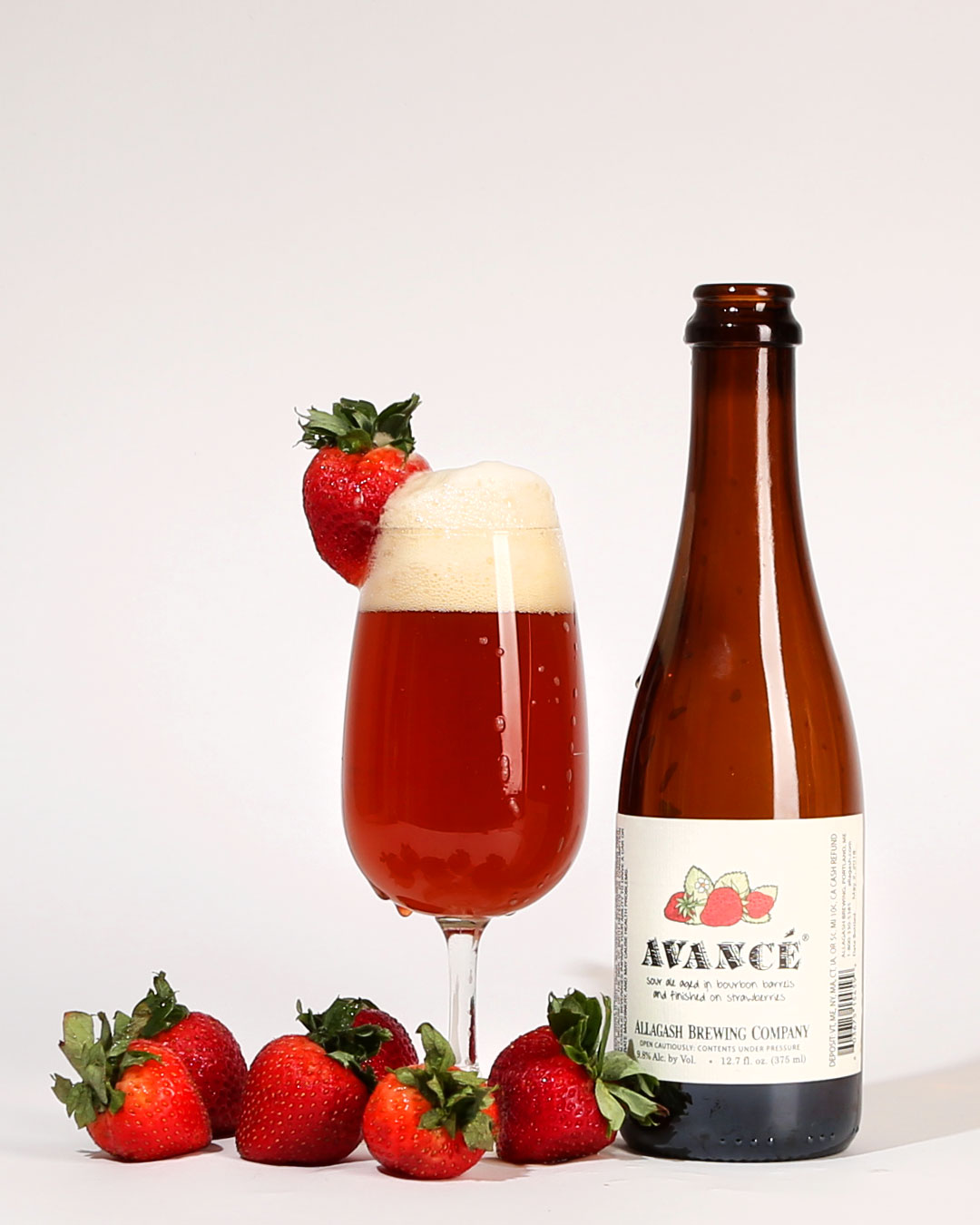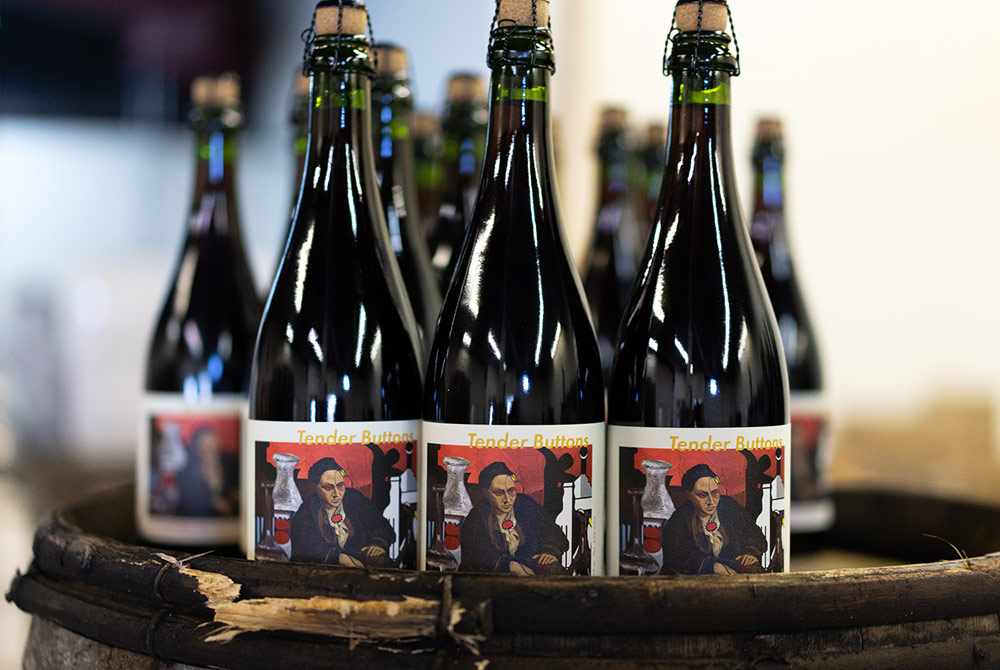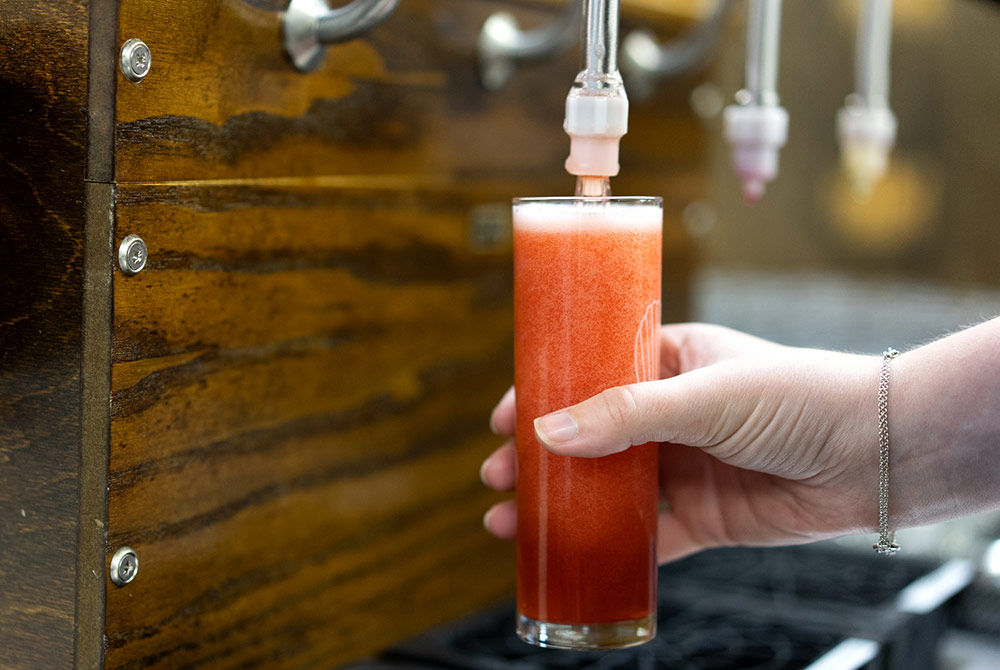Shop
Sour vs Wild: What’s the Difference?
We asked a couple of brewers what the difference is between 'sour' and 'wild.'
You may have heard the terms “sour” and “wild” used interchangeably to refer to brews with tart or funky flavor profiles. Although those words can, at times, accurately describe the same beer, they have different meanings—and using them synonymously can prove frustrating for craft brewers struggling to label and describe their offerings with accuracy.
Here’s a quick lesson on the differences between “wild” and “sour” and why the distinction is important:
What is Wild Beer?
Wild beer—or more specifically “wild ales” as they were called at their inception in Belgium and Germany—are beers brewed with the assistance of something beyond the traditional Saccharomyces cerevisiae (better known as brewer’s yeast).
That “something” can refer to wild yeast ambient in the environment, such as Brettanomyces, a yeast variety commonly found on fruit skins. It can also refer to bacteria that lend distinctive flavors to the brew, such as Pediococcus and Lactobacillus.

Brewers can add these organisms manually by pitching them in during the brewing process, or they can allow them to enter the beer naturally through the air. The latter can prove risky, as brewers have less control over the final product; however, the results can be deliciously complex. At Allagash Brewing, brewmaster Jason Perkins says his team monitors everything from the weather outside to the temperature in the barrel aging rooms in hopes of an outstanding final product.
“There’s a whole range of flavors that just aren’t achievable in other ways — a level of layered complexity in a beer that has taken this long to make,” says Perkins. “It’s just not repeatable in any other way.”
What is a Sour Ale?
Sour flavors in beer usually come from lactic acid: the typical byproduct of the bacteria Pediococcus and Lactobacillus. Lactic acid lowers the pH of a beer and, depending on the amount present, can impart anything from a subtle tartness to a puckering sour punch.
Many wild beers taste sour due to the presence of these bacteria and Brettanomyces, which can create or enhance sour flavors. However, while some brewers label certain beers as “sours,” others argue against using the word to denote style.
“[Wilds and sours] are often confused because they’re used interchangeably,” says James Priest, founder of The Referend Bier Blendery. “But one describes a dominant flavor while the other describes a process. A method.”

For Priest, that method involves cooling the wort in a coolship: a bathtub-like vessel that allows the outside air (and anything that might be floating around inside it) to permeate the brew, inoculating it with a host of natural, wild specimens. The Referend relies fully on ambient yeast and bacteria for fermenting all of its beers—no Saccharomyces in sight.
At Allagash, the opinion over the wild/sour debate is much the same. Perkins says that the brewery, as a whole, treads carefully when throwing the word “sour” around.
“It can give a false representation of what any given beer might be,” says Perkins. “I think honestly it somewhat cheapens the styles that have sourness in them. [Sourness] isn’t the only defining characteristic of a lot of these beers.”
So next time you go for something barrel-fermented, made with Brett, or full of lactic acid tartness, know the difference between the words “sour” and “wild.” Your brewer will thank you.
Liked this article? Sign up for our newsletter to get the best craft beer writing on the web delivered straight to your inbox.



